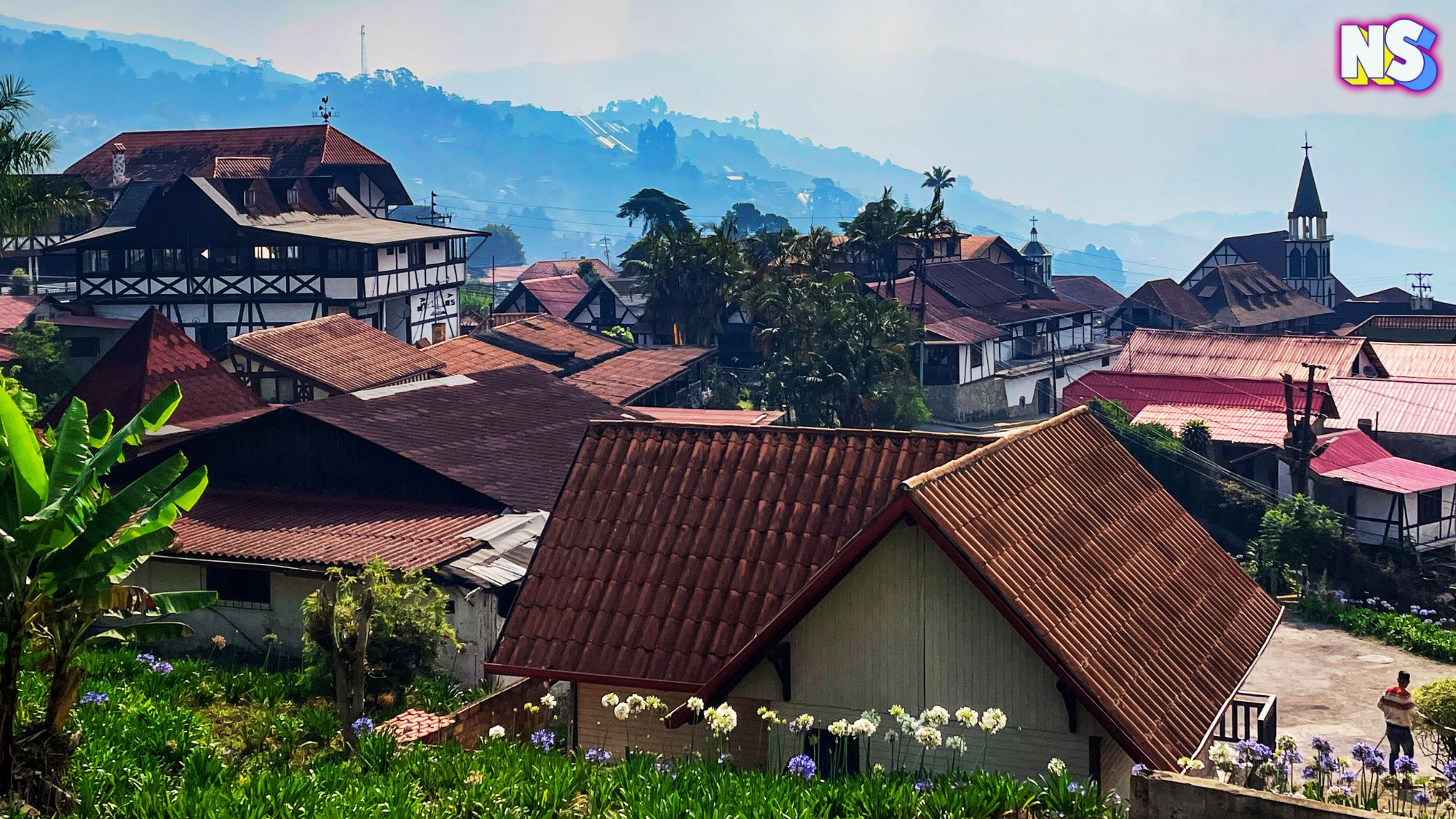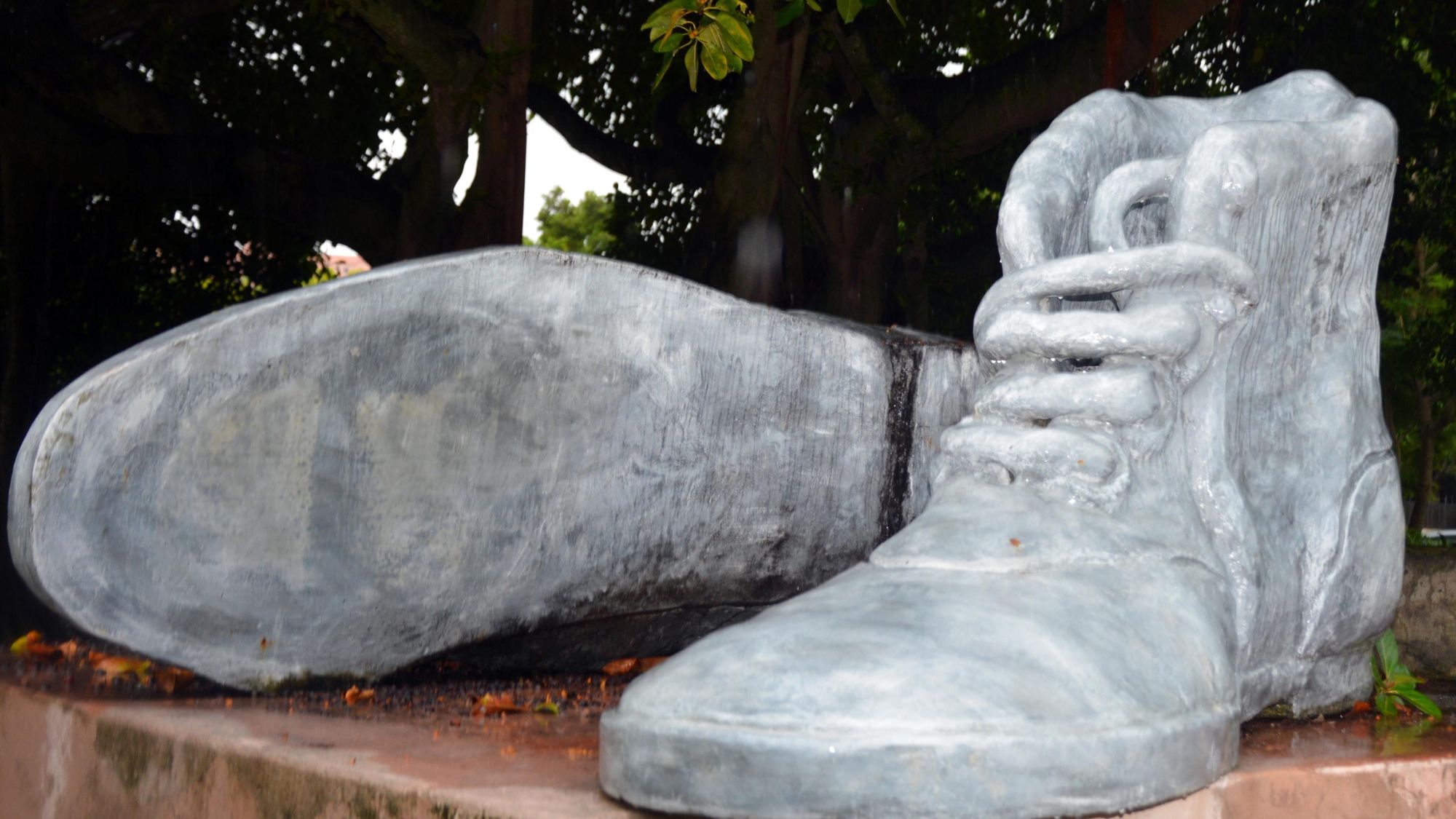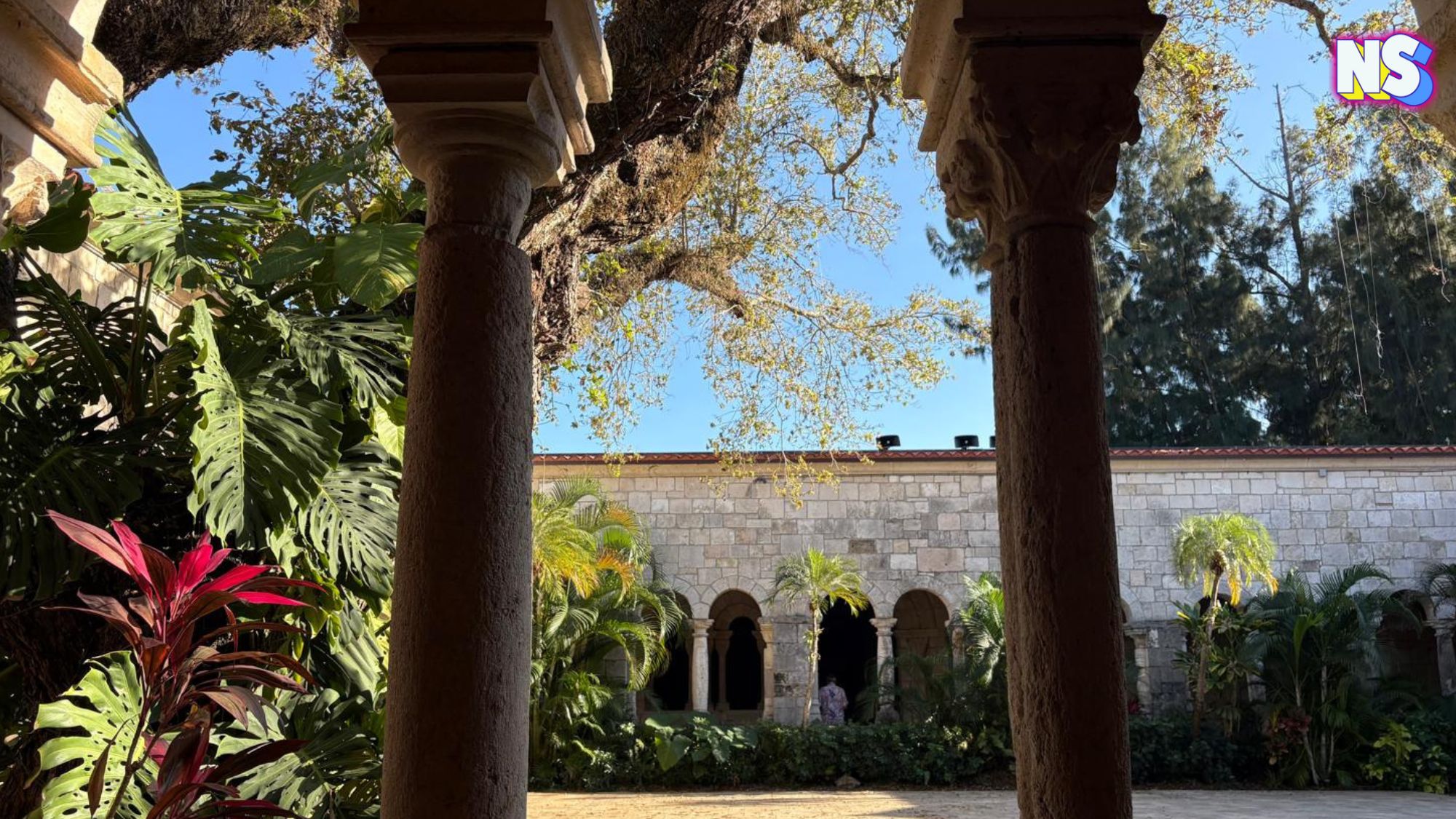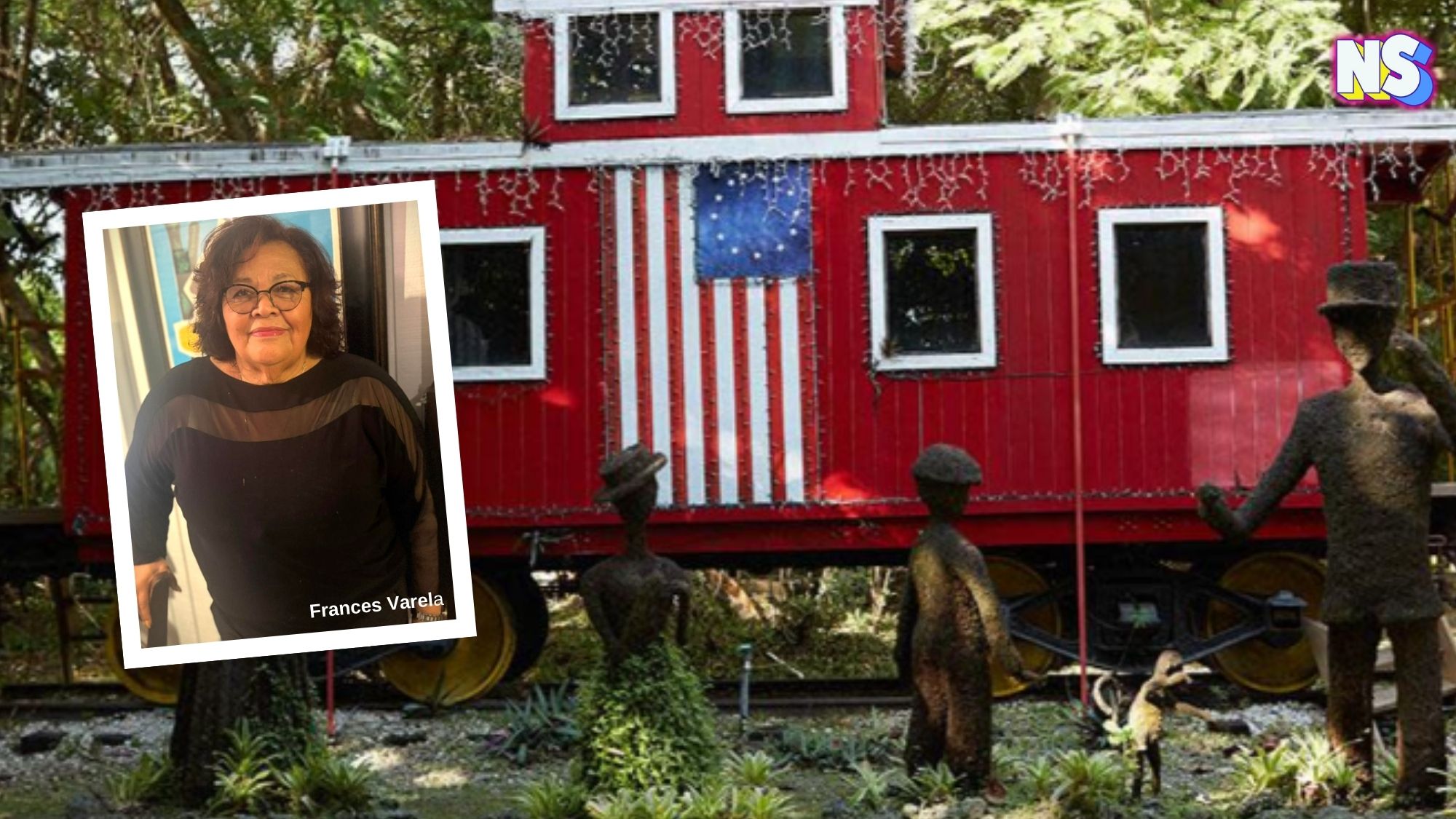In a picturesque town nestled among cloud-topped mountains, classic German black and white timber-framed buildings line the streets and are scattered across the hillside. Atmospheric restaurants sell sausages and sauerkraut served by staff in traditional German clothes, and bakeries proudly display Black Forest cake with decadent layers of chocolate, cherries and cream. While this might sound like a wholesome German mountain town, this isn’t Germany. It’s the Venezuelan mountain town of Colonia Tovar.
@kattykanzler ¿Qué es la Colonia Tovar? Para mí, el lugar más bello que hay ???? Felices 181 años para mi hogar. Gracias a mi camarógrafo @josue_ruh ???? Imágenes tomadas del libro “La Colonia Tovar y su gente”, de Leopoldo Jahn. #coloniatovar #coloniatovar???????????????????? #venezuela???????? #venezuela #CapCut
♬ emotional background music of piano violin(1283899) – earbrojp
Step Into a Storybook Town of Colonia Tovar
The small community of Colonia Tovar has a population of around 21,000 people. Located in the state of Aragua about 40 miles from the capital Caracas, or an hour and a half’s drive along winding roads, it is often referred to as the “Germany of the Caribbean.”
While it is fairly quiet during the week, weekends bring an influx of tourists from the cities wanting to explore Colonia Tovar’s charm, its storybook-like setting and feel like they have escaped on vacation to Europe for a day or two.
The stalls along the street leading to the church sell apple or peach strudel, jams and fresh strawberries, as well as other fruits grown locally and the smell of fresh bread and pretzels oozes out of bakeries. You can even find Bavarian beer brewed here, which is perfect after a hike in the surrounding nature of Colonia Tovar.
“It is a jewel of Venezuela, like a diamond or ruby,” says Katty Kanzler, influencer and Colonia Tovar resident, who publishes videos on social media about the town, “The first rays of the sun caress the mist and let you see little by little the greenness of its mountains.”
But while Colonia Tovar is a novelty for visitors, what is a German town actually doing in Venezuela?
@coloniatovar.1843 Comparte y síguenos si te gusta la Colonia Tovar ✨️ #ColoniaTovar #aragua #venezuela #turismoenvenezuela #venezolanos
♬ Pieces (Solo Piano Version) – Danilo Stankovic
How Did a German Town End Up in the Venezuelan Mountains?
Its history goes back to the 19th century when nearly 400 German immigrants founded the town in 1843. The Germans came from the Kaiserstuhl area in the Grand Duchy of Baden, which today is the region of Baden-Württemberg in south west Germany.
Venezuela had formally separated from Gran Colombia a few years before in 1831, and the nation’s president, General José Antonio Páez, wanted to rebuild the country’s economy, which hadn’t recovered after the Long War of Independence. Many fields had been abandoned with increased emigration from the countryside to the cities, which had an impact on Venezuela’s agricultural production. So Páez brought in a law that made it easier for immigrants to settle in the country to help change this.
@coloniatovar.1843 Síguenos y Comparte este video. @Coloniatovar.1843 #venezuela #aragua #ColoniaTovar #turismovenezuela @Paseando por VENEZUELA ????????
♬ sonido original – Colonia Tovar ✅️
From Baden to the Andes: How German Families Found a New Home in Venezuela
Italian geographer, explorer and cartographer Agostino Codazzi was commissioned to bring more people to work in rural areas, including those from abroad. About 60 German families accepted the offer of coming to Venezuela, largely due to failing crops, high tax collections and the threat of French invasion where they were living.
RELATED POST: The Arepa Wars: Colombia vs. Venezuela — Who Really Invented Them?
They began their journey, first to France and then across the Atlantic and it took them three months to arrive in Colonia Tovar, which was named after Martín Tovar Ponte, a prominent Venezuelan figure.
“Martín Tovar Ponte, one of the heroes of independence, donated the land at an altitude of about 2,000 metres above sea level where the colony now sits, blessed with a mild climate and fertile soil,” BBC Mundo writes.
There is also a peak named after the geographer Codazzi, which is a popular destination for hikers. The peak stands at 2,429 above sea level, located north of the town in the Henri Pittier National Park.
@coloniatovar.1843 ¿Que esperas para visitarnos? ???? #ColoniaTovar #aragua #venezuela #turismoenvenezuela
♬ Bach unaccompanied cello suite “Prelude” – Jianteng
The Germans took their language, cuisine and customs with them to their new home. Interestingly, the town was pretty much isolated until more than a century later. But an asphalt road built in the 1960s improved communication and integration with other towns and cities.
A Hidden Gem That’s Now a Tourist Hotspot
Today it still has strong ties to its German heritage and while international tourist numbers have decreased to the country due to the Venezuela crisis, Colonia Tovar is a popular destination for many domestic tourists.
Visitors marvel at the postcard-pretty scenery dotted with German-style buildings – including the impressive church, St. Martin of Tours, with its quaint sounding bells. The first church was built within four months of the Germans arriving, but a new one was built in 1862 on the same site. It is said to be based on the church of St Martin in Endingen, Germany, where most of the settlers hailed from.
While not everyone can speak German – some can and a few even speak the language at home instead of Spanish. However, the German spoken here is not the standard kind but an old dialect from the Baden region of Germany.
What Makes Colonia Tovar So Special Today?
The town has a museum dedicated to the history and stories of Colonia Tovar and in 2022, the town won Venezuela’s National Tourism Award because of its dedication to preserving its heritage.
“The typical costumes and customs pay homage to our German roots that are of course blended with our beautiful Venezuela that adopted us as its own,” Katty Kanzler says on TikTok. “But the best thing about my Colonia Tovar is its people: noble, hardworking, talented and resilient.”
So, will Colonia Tovar be your next travel destination? Pack your bags for a taste of Germany, in Venezuela, of course.
Featured image by Catherine Ellis.





